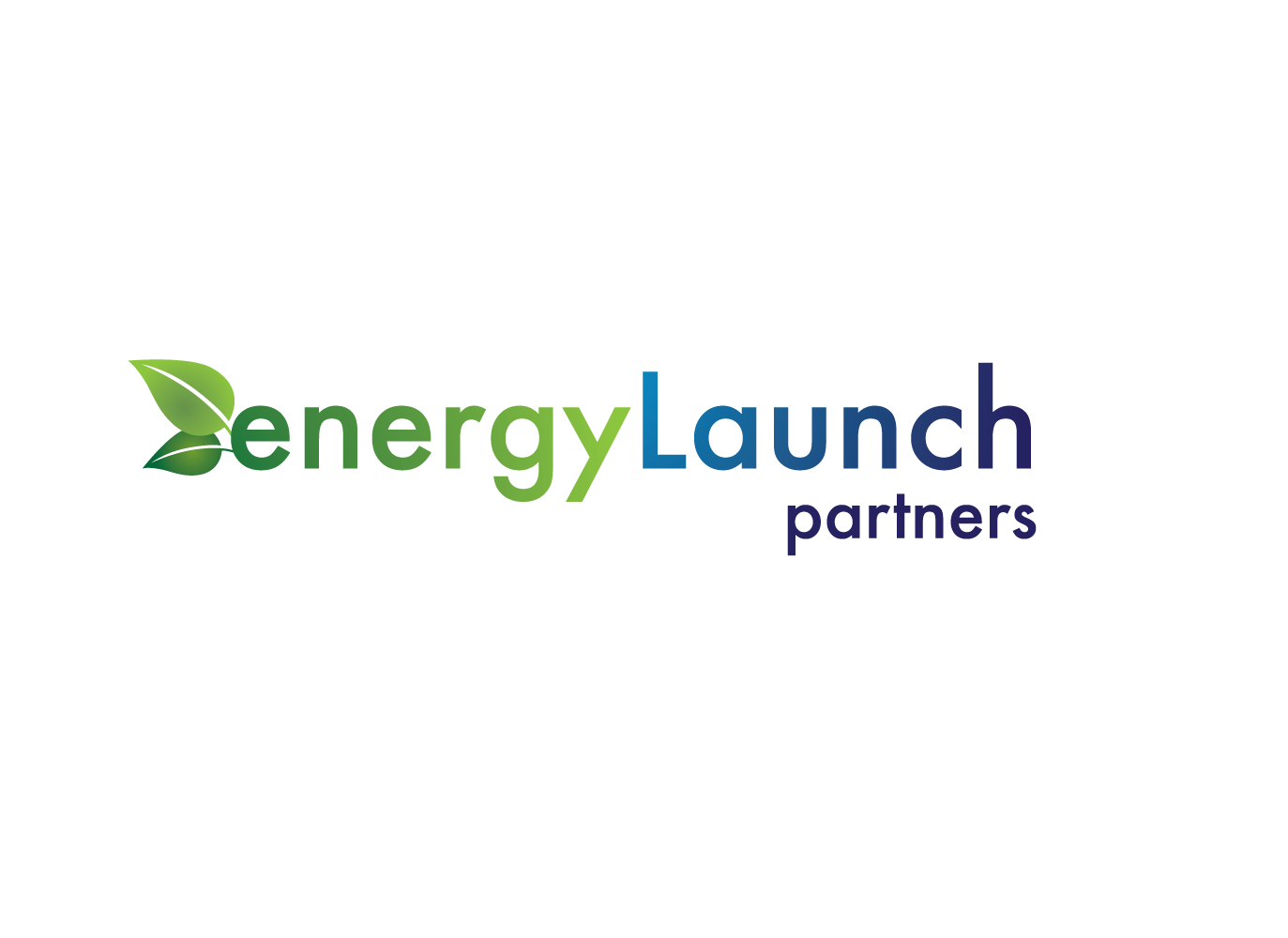Australia’s First Dual-Fuel Green Hydrogen Power Station
Australia has a conflicted position on sustainable energy. It is one of the world’s largest coal exporters with a domestic baseload generation fleet burning black and brown coal, while public sentiment is squarely focused on sustainability.
The retirement of ageing coal-fired stations has created a 1000 MW hole in the national grid. Part of the solution is new natural gas-fired stations. Another fossil resource that Australia has in abundance.
To further reduce the carbon footprint of this pivot away from coal, the government is looking to private partners to build a 300 MW dual-fuel natural gas/green hydrogen dispatchable station.
Minister for Energy Matt Kean said that the Tallawarra B project would help replace the generation capacity lost following the closure of the coal-fired Liddell Power Station in 2023.
Deputy Premier John Barilaro said the project is vital infrastructure needed to provide dispatchable electricity capacity to replace the Liddell Power Station and create the industries and jobs of the future.
“Delivering enough electricity to power around 150,000 homes at times of peak demand, the project is expected to deliver a $300 million boost to the economy and support about 250 jobs during construction,” Mr Barilaro said.
“NSW has an enormous opportunity to lead the world in the production of green hydrogen. Fast-tracking new projects like these will ensure we continue to remain at the forefront of developing new technology while supporting our existing industries.”
Treasurer Dominic Perrottet said investing in this cutting-edge technology will help secure power generation and put our State in a prime position to capitalize on an export industry that is predicted to be worth $1.7 billion annually by 2030.
“As we recover from the pandemic, embracing emerging industries will help recharge our economy by creating new jobs and opening up new opportunities that will secure our economic prosperity well into the future,” Mr Perrottet said.
“Hydrogen is quickly emerging as a major economic opportunity for our State and this investment will keep us ahead of the curve by positioning New South Wales as a world leader in hydrogen production.”
Minister for Energy Matt Kean said that the Tallawarra B project would help keep the lights on following the closure of the Liddell Power Station in 2023.
“NSW’s Energy Security Target is the tightest reliability target in the country and this project will help make sure that we achieve that even after Liddell has closed,” Mr Kean said.
“This project sets a new benchmark for how gas generators can be consistent with NSW’s plan to be net-zero by 2050 by using green hydrogen and offsetting residual emissions.”
“Under the funding agreement, Energy Australia (the project developer), will offer to buy enough green hydrogen equivalent to over 5% of the plant’s fuel use from 2025 (200,000kg of green hydrogen per year) and will offset direct carbon emissions from the project over its operational life.
This seems a modest blend rate for such a banner project. Energy Australia will likely source the green hydrogen from Coregas’s Port Kemble hub where electrolysis utilizing renewable electricity supplement the main production of hydrogen which is from steam reforming of natural gas. The upgrading of the Port Kemble facility is also subject to government support and no doubt these projects are in a “chick and egg” scheduling balance.
What is clear is that green hydrogen produced from renewable electricity does seem to be a leg in the Australian government’s longer-term carbon reduction goals.
